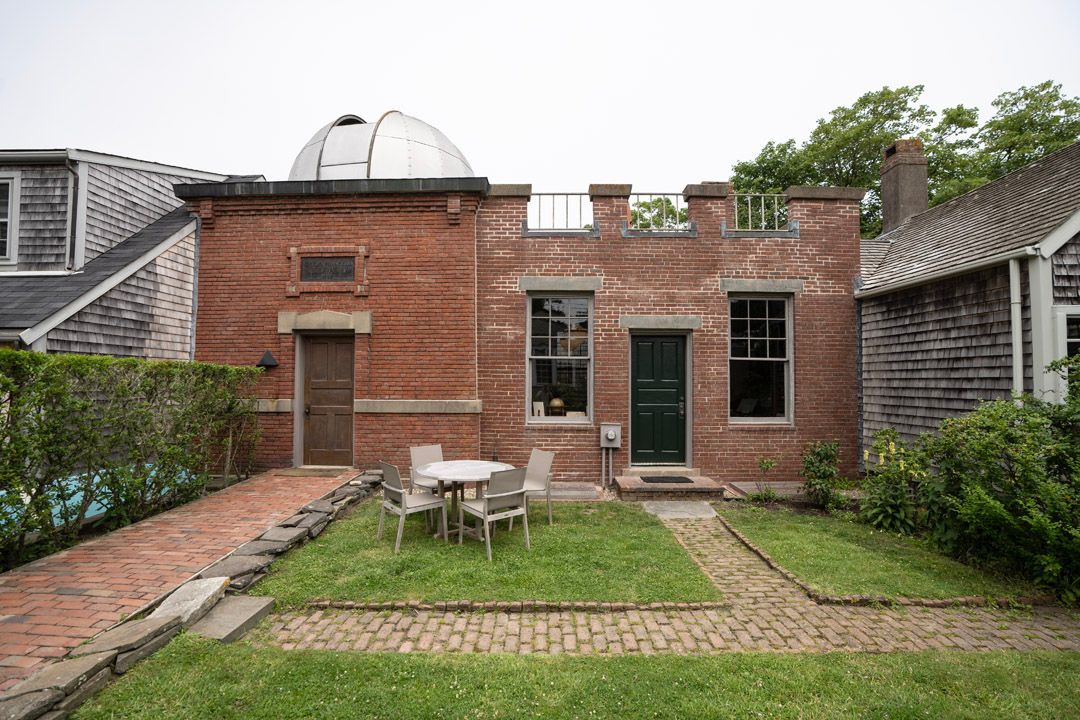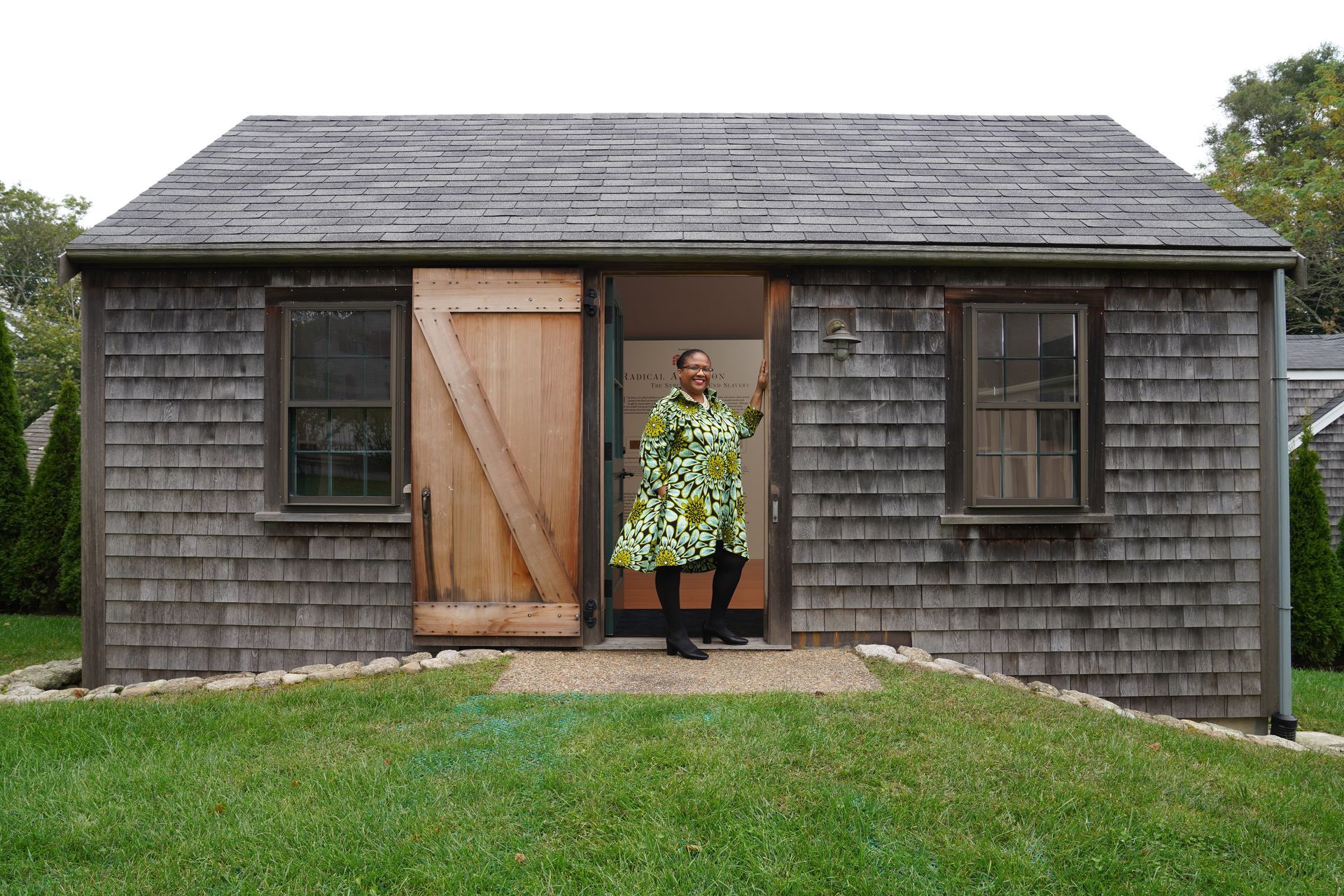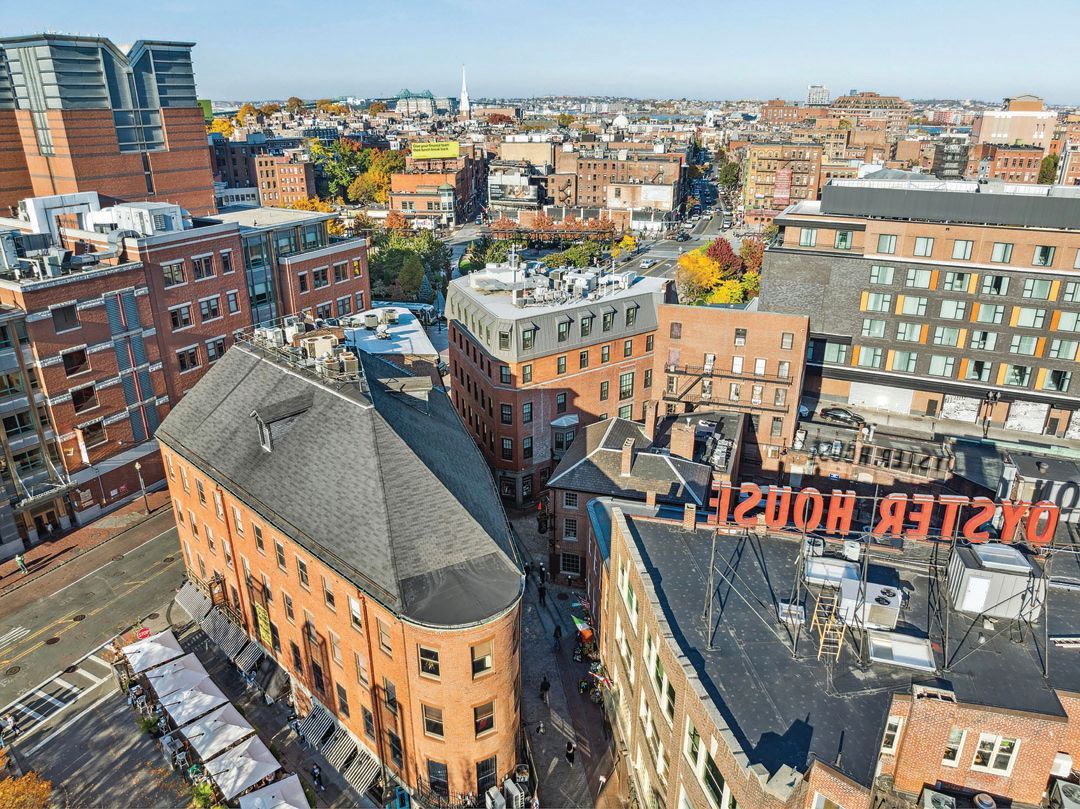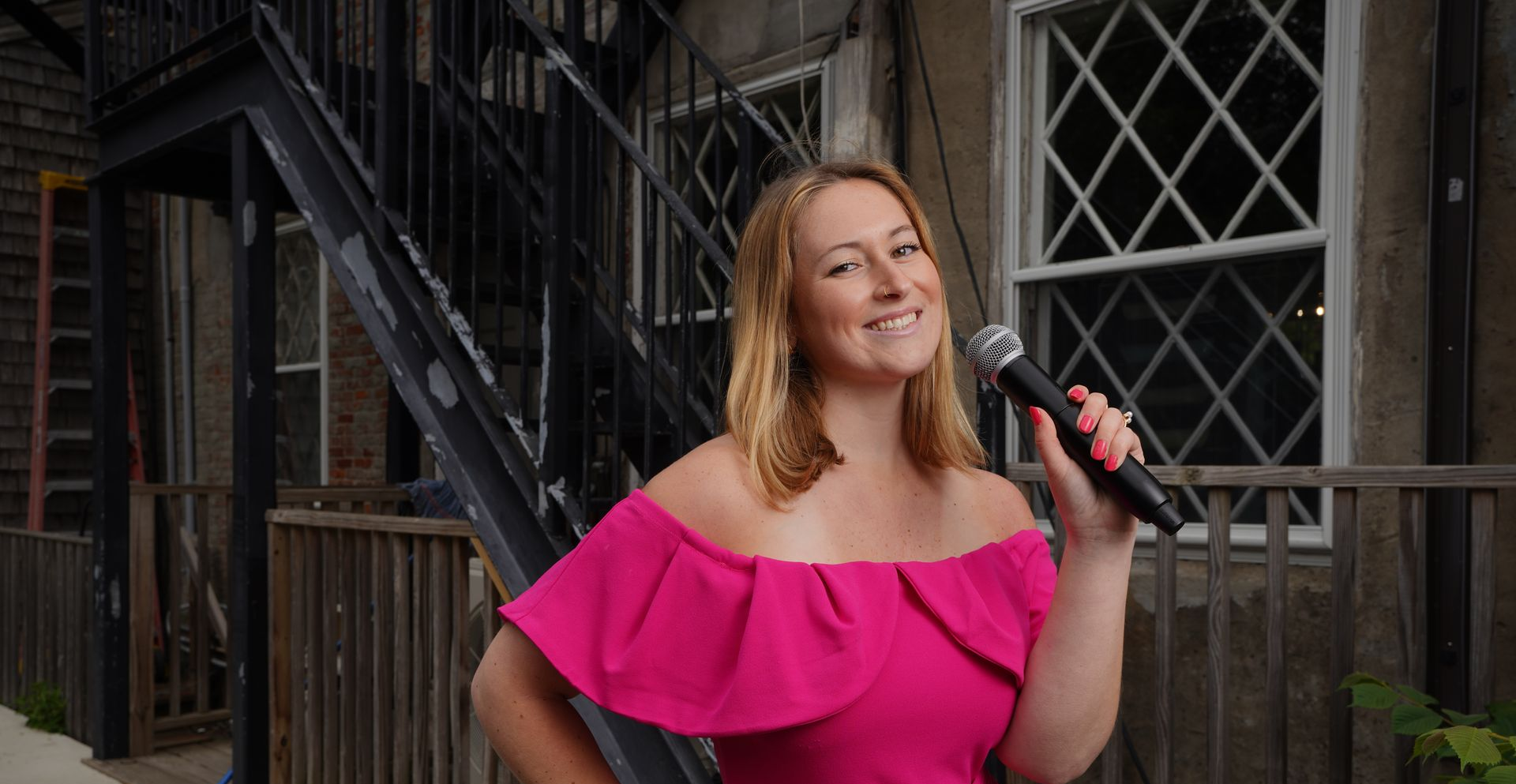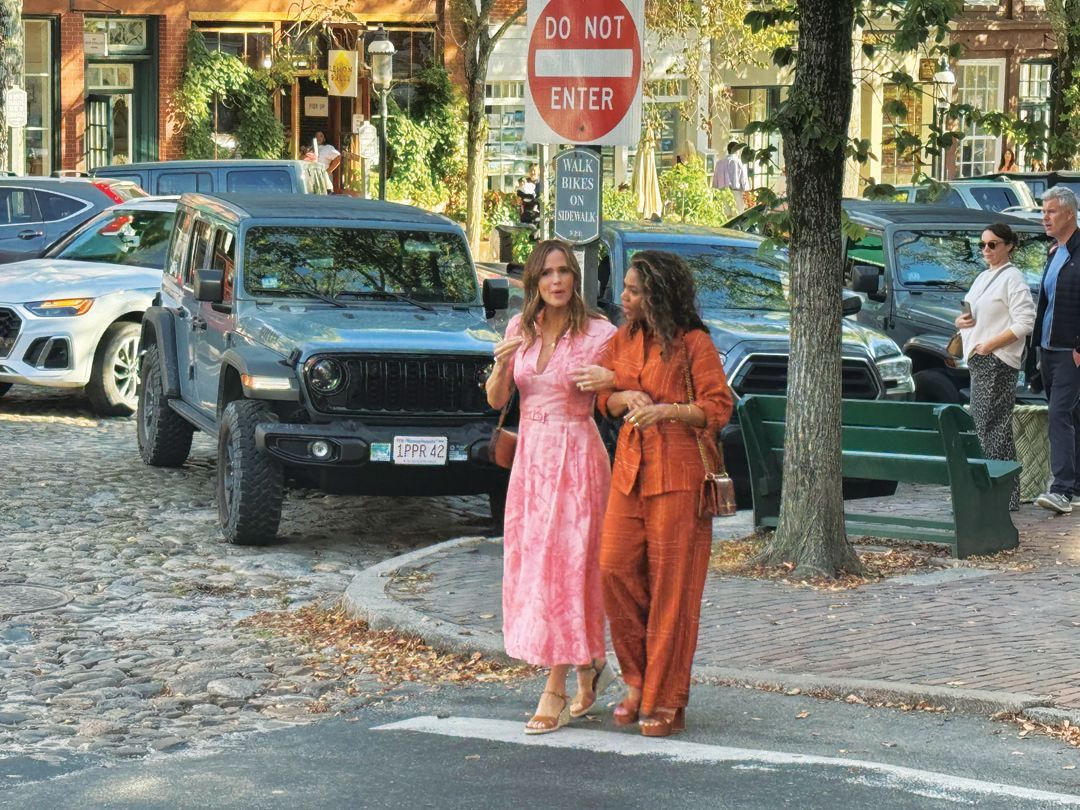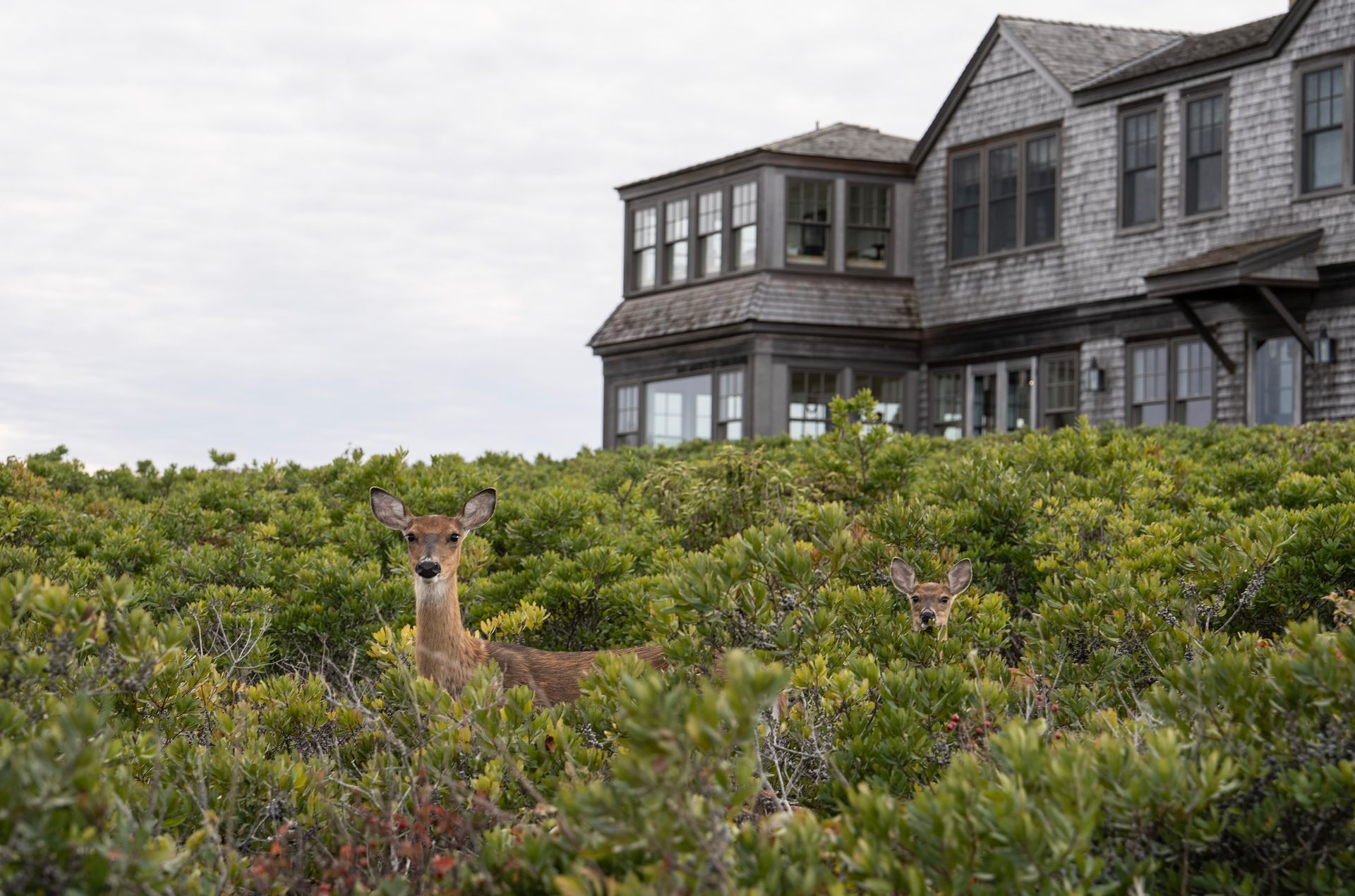Over the Moon
The Maria Mitchell Association reopens its Vestal Street Observatory.
Written by Brian Bushard
Photography by Kit Noble
If ever there was a star in the world of astronomy, it was Maria Mitchell. She was not only the first woman astronomer on Nantucket—she was the first woman to lead an astronomy department in the country, the first woman invited to the Vatican Observatory and the first woman to work for the U.S. Naval Observatory. She was even presented a gold medal by the king of Denmark for her discovery of a comet in 1847.
Today, thousands of visitors attend programs hosted by the organization that bears her name—but only a handful of people enter a key attraction, the Vestal Street Observatory, built just years after her death as a tribute to her. That is until this summer, when the Maria Mitchell Association (MMA) reopened the historic observatory and its adjacent Astronomical Study to the public, once again bringing in visitors to what’s now the organization’s newest museum.
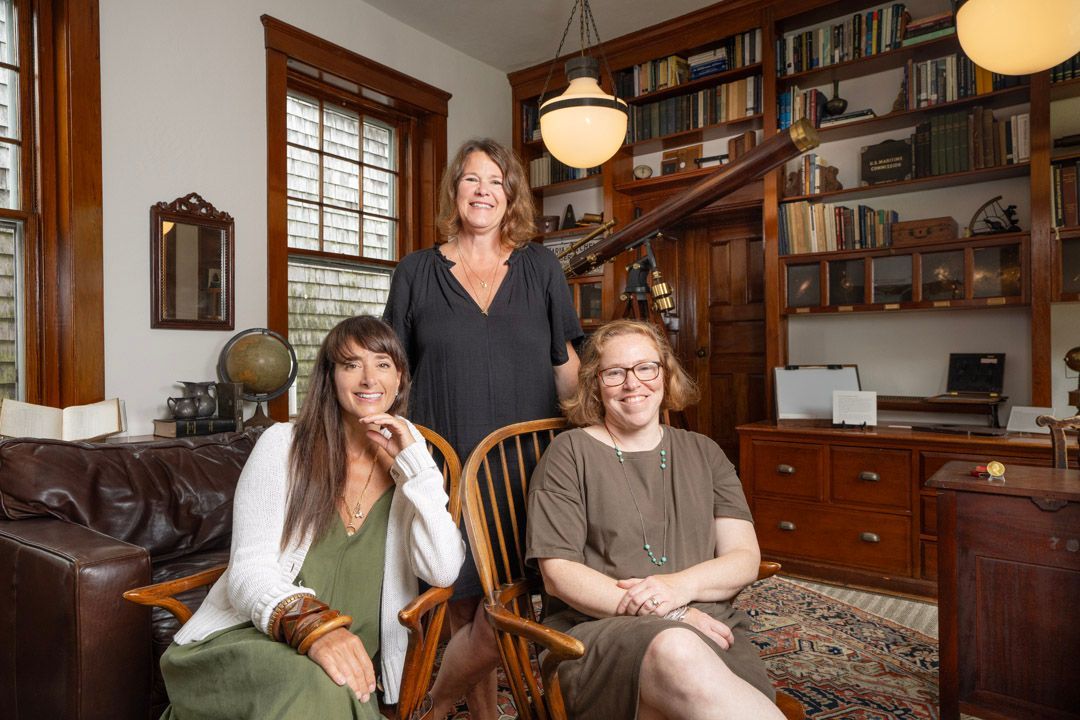
"[The observatory and Astronomical Study]will help give people a history of not just Maria Mitchell, the MMA and our work in astronomy, but the importance of astronomy, why we study the stars, how it’s important to Nantucket, and how having an astronomy program on an island nearly 30 miles out to sea is really special,” said Jascin Leonardo Finger, the association’s deputy director.
While Maria Mitchell never stepped foot in the observatory on Vestal Street, it carries a lifetime of her achievements, as well as those of her successors who led the organization throughout the 1900s. Among the items on display in the first-floor study is the five-inch Alvan Clark telescope Mitchell used to document Nantucket’s night sky. Also on display: the glass plates developed at the observatory that were used like a camera before digital processing to capture a precise moment in the night sky. The MMA has 8,000 of those plates in its collection.
“This is a lot like a history museum, but it’s actually where the history took place,” interim astronomer Geoff Clayton said. It’s also a living history. The MMA continues to bring in astronomers, as it has done since1913, as well as astronomy research fellows and summer interns funded through the National Science Foundation. The idea is to use the renovated study as a meeting and research space, in addition to holding tours.”
“We had so many astronomical artifacts and historical records, but there was no place where they were on display for the public to see,” MMA Executive Director Joanna Roche said. “We wanted the Astronomical Study to become the museum of astronomy on Nantucket. It’s 157 years of astronomical history that originated on Nantucket and was part of the fabric of the island. That’s what’s really remarkable—that there’s a history of female astronomers on the island who have been such a powerhouse in the industry.”

On August 1, the MMA officially reopens its doors to the public. The Astronomical Study desperately needed to be renovated, Roche said. Inside, there was water damage, as well as plumbing and electrical issues. While the MMA’s Loines Observatory on Milk Street Extension has remained active with stargazing open nights and research, the telescope in the observatory on Vestal Street had not been used since 2019. At a time when the MMA has expanded its open night programs at the Loines Observatory, opened up new exhibits at its Natural Science Museum and relocated its Aquarium on Washington Street, it made sense to invest in the Vestal Street Observatory as a dedicated museum to tell the history of astronomy on Nantucket.
“We want to make astronomy more accessible,” Roche said. “People can go to Loines and have hands-onexperiences in astronomy, but there wasn’t a place for people to learn the history of astronomy. Now we have this space.”
